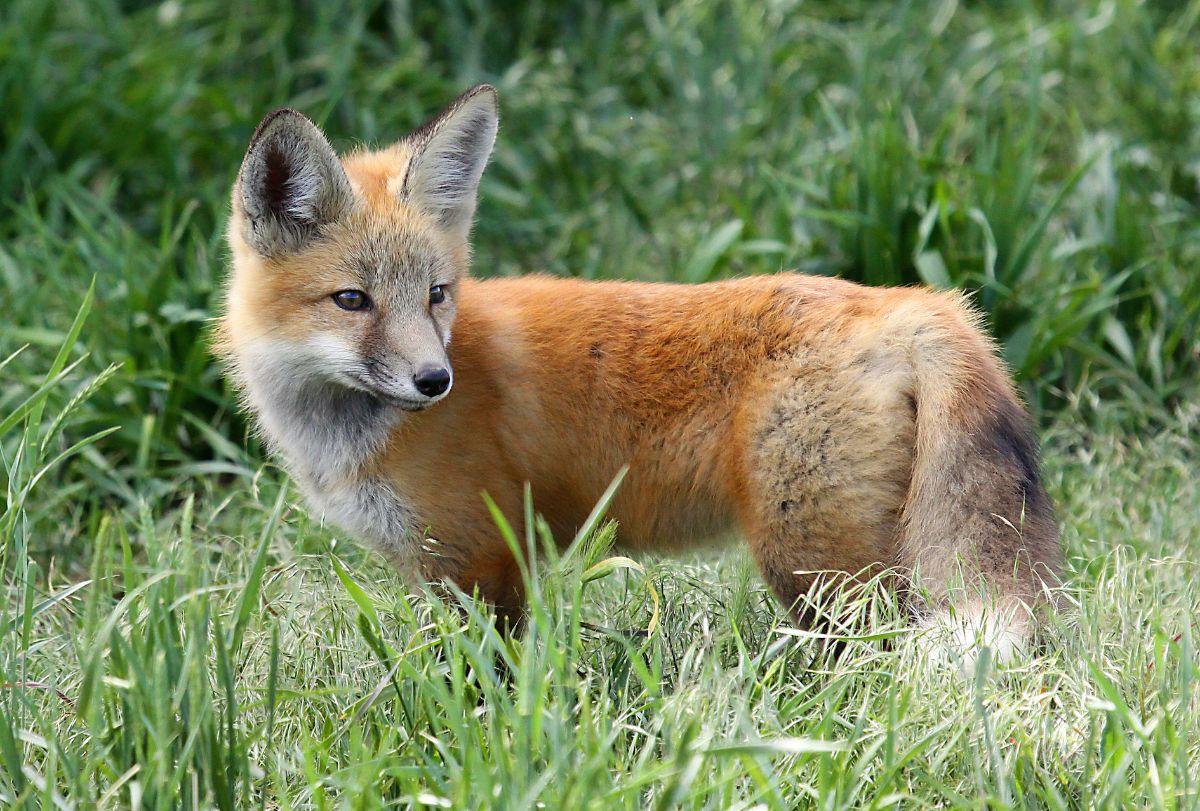
BY TSEGAY HAGOS
Ethiopia is endowed with immense biodiversity blessings. It has animal, bird and plant species which could not be found in other countries and this has been luring tourists from every corner of the world. The Ethiopian wolf also known as Semien Fox is one of the precious endemic animals in Ethiopia. However, due to lack of proper protection, the animal is on the brink of extinction. According to the 2018 magazine published by the Ministry of Culture and Tourism, the number of Ethiopian wolf was 460. This makes the animal as Africa’s most endangered carnivore.
“Although researchers debate which canids are wolf species versus subspecies, the outmoded view is that there are three wolf species in the world known as the Ethiopian, red and grey wolf species. The Ethiopian wolf is the only wolf species native to Africa and is found in Ethiopian mountain arrays.’’ Wildlife expert Getachew Abera points out. When we describe the Ethiopian wolf, it is the size of a coyote and looks like a red fox, fair a tawny orange or reddish coat, white throat patch, and bushy tail. It has a narrow muzzle, long legs, and pointed ears, he adds.
Ethiopian wolf like any other wild animal is shy around humans. But its social interaction with other wolves is good. They live in packs that typically include extended family members male and female. All members help with raising and protecting pups. Wolf mothers give birth in dens dug under boulders, inside crevices or in other protected spots. These dens can have multiple entrances and a network of tunnels and the adults regularly shift pups from one den to another.
Regarding habitat, the expert adds that the Ethiopian wolf depends on high-altitude rodents, especially the big-headed mole-rat, which tunnels to foraging spots but feeds above ground. Though the Ethiopian wolf is a social animal, it is loner while hunting. Scientists have noted that Ethiopian wolves feed right in the middle of gelada herds, large groups of primates of also known as “bleeding heart monkeys”. The wolves do not prey upon the geladas’ young and the geladas do not flee from the wolves like they do from feral dogs. Researchers have discovered that the wolves grasp rodents at twice the rate when hunting in a gelada group. It is not clear why they have greater success. But the geladas may flush rodents out of their holes by disquieting vegetation. On the other hand, it could be the wolves blend in with the scattered geladas and the rodents simply do not notice them.
Ethiopian wolves live in relatively few areas of the country. Nowadays, it is encircled by the ever-growing human population. The animals are being confined in the most remote areas of the country. Most of them are found in Semien Mountains and Bale National Parks. Only few of them exist in Menz Guassa, Arsi and the Wollo areas. Beside, human population, disease has been threating the existence of these animals. Canine distemper or rabies that could be transmitted from domestic dogs has been a major cause of death for Ethiopian wolves. For instance, in 2015, an outbreak of canine distemper struck a large number of wolves in Bale Mountains, reducing the area’s total population by more than half. But through launching protecting mechanisms, the disease has been controlled.
Besides, the local people also kill wolves. As wolves are predators, the people chase wolves to protect the domestic animals on which their livelihoods often depend. The people kill the wolves through poisoning and lighting a fire over the den to suffocate the animals, as to the expert. Henceforth, he calls for the local people should know the benefits of such endemic animals. They have to understand that they could be source of their income through attracting tourists. And Getachew believes that there is an encouraging responsiveness on the community who live around national parks in protecting wild animals.
Not only this, the number of Ethiopian wolfs is decreasing from time to time due to climate change, deforestation, subsistence agriculture and wildfire. And many wildlife researchers fear that the endemic animal could face extinction. Hence, governmental and non-governmental organizations should take attention for wildlife conservation. This would rescue the precious wild animals. Conserving and promoting National Parks such as UNESCO inscribed Semien and Bale National Parks could be the best solution to save Ethiopian wolf from total extermination.
The Ethiopian Herald February 11/2021





